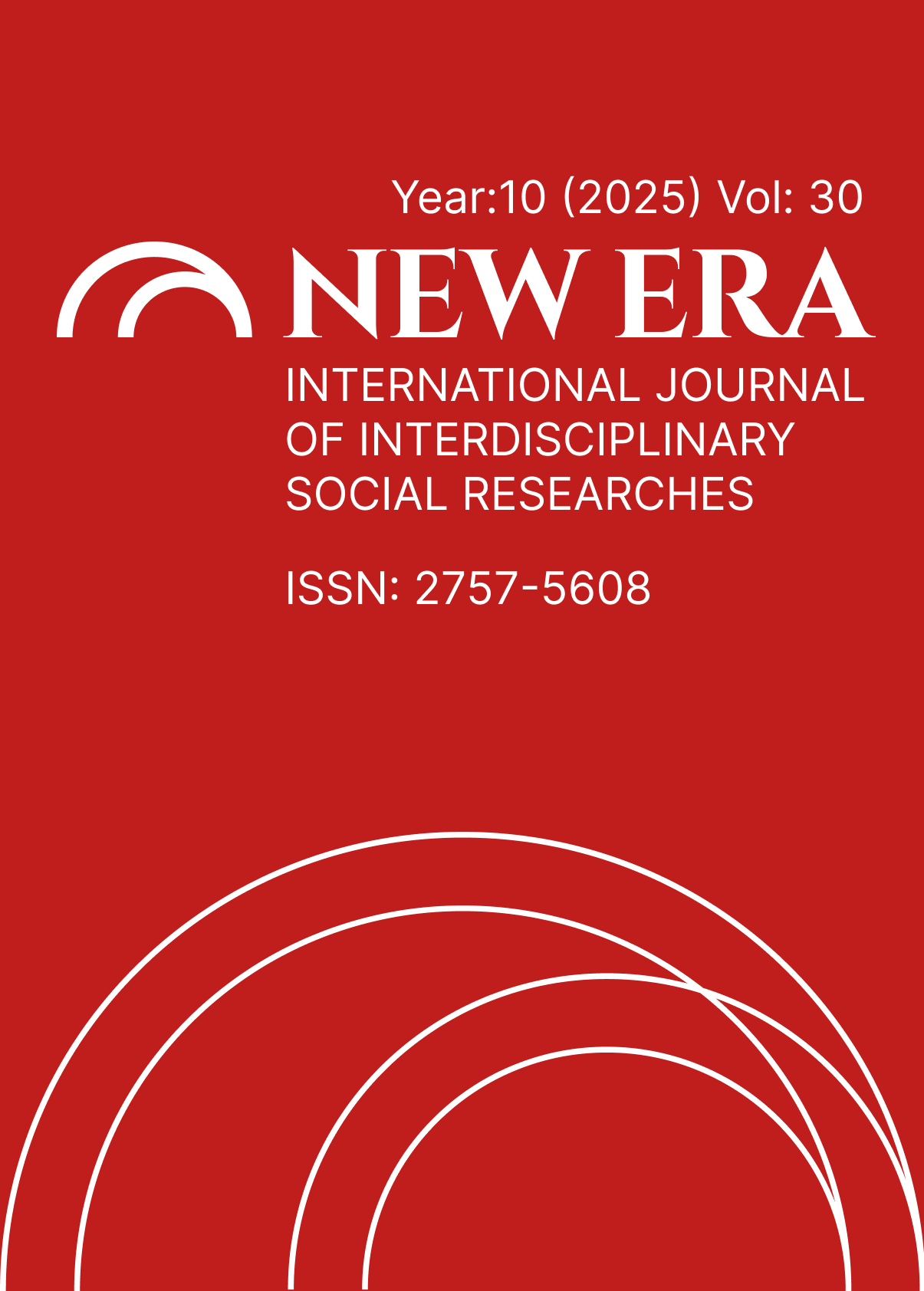Dr. Lecturer BORDER, MIGRATION, AND WAITING: MY MARLON AND BRANDO
DOI:
https://doi.org/10.5281/zenodo.17393054Keywords:
Migration, Migration Cinema, Border Studies, Identity, My Marlon and Brando.Abstract
This study examines Hüseyin Karabey’s 2008 film My Marlon and Brando within the framework of border studies, aiming to show that migration is not merely a physical act but a multidimensional experience. The analysis focuses on how the film represents the border through spatial, emotional, cultural, and bureaucratic dimensions. Methodologically, the film is interpreted through scene-based analyses that are connected with theoretical perspectives. The ideas of Anzaldúa on the cultural and psychological aspects of the border, Balibar on its political nature, Mezzadra and Neilson on its productive function, and Nail on its dynamic form are discussed in relation to the film’s narrative. The findings indicate that the border is not simply a geographical line but a structure that alters the rhythm of everyday life, transforms emotional experience, redefines identity, and constantly interrupts movement. The scenes set in hotel rooms, the repeated document checks, the closed gates, and the redefined journeys reveal the invisible yet powerful mechanisms of the border. In conclusion, the study argues that My Marlon and Brando makes a significant contribution to migration cinema by portraying the emotional and social dimensions of the border through a coherent and comprehensive cinematic approach.
References
Agnew, J. (2007). No borders, no nations: Making Greece in Macedonia. Annals of the Association of American Geographers, 97(2), 398–422.
Alvarez, R. R. (1995). The Mexican–U.S. border: The making of an anthropology of borderlands. Annual Review of Anthropology, 24, 447–470.
Anderson, J., & O’Dowd, L. (1999). Borders, border regions and territoriality: Contradictory meanings, changing significance. Regional Studies, 33(7), 593–604.
Anderson, J., O’Dowd, L., & Wilson, T. M. (2003). Culture and cooperation in Europe’s borderland (European Studies 19). New York, NY: Rodopi.
Anzaldúa, G. (1987). Borderlands / La frontera: The new mestiza. San Francisco, CA: Aunt Lute Books.
Arreola, D. D., & Curtis, J. R. (1993). The Mexican border cities: Landscape anatomy and place personality. Tucson, AZ: The University of Arizona Press.
Armstrong, W. (2003). Culture, continuity and identity in the Slovene–Italian border region. In J. Anderson, L. O’Dowd, & T. M. Wilson (Eds.), Culture and cooperation in Europe’s borderland (pp. 145–169). New York, NY: Rodopi.
Balibar, É. (2004). We, the people of Europe? Reflections on transnational citizenship. Princeton, NJ: Princeton University Press.
Balibar, É. (2005). World borders, political boundaries. Alteridades, 15, 30–36.
Casey, E. (1998). The fate of place: A philosophical history. Berkeley, CA: University of California Press.
Cohen, A. P. (Ed.). (1999). Signifying identities: Anthropological perspectives on boundaries and contested values. London, England: Routledge.
Donnan, H., & Wilson, T. M. (1994). An anthropology of frontiers. Lanham, MD: University Press of America.
Donnan, H., & Wilson, T. M. (1999). Borders: Frontiers of identity, nation and state. Oxford, England: Berg.
Donnan, H., & Wilson, T. M. (Eds.). (2012). A companion to border studies. Malden, MA: Wiley–Blackwell.
Haller, D., & Donnan, H. (2000). Borders and borderlands: An anthropological perspective. Ethnologia Europaea, 30(2), 7–20.
Jones, R. (2012). Border walls: Security and the war on terror in the United States, India and Israel. London, England: Zed Books.
Lorant, S., Englehart, L., & Karabey, H. (Producers), & Karabey, H. (Director). (2008). Gitmek: My Marlon and Brando [Motion picture]. Türkiye: Asi Film / Chantier Film.
Martinez, O. J. (1994). Border people: Life and society in the U.S.–Mexico borderlands. Tucson, AZ: The University of Arizona Press.
Mezzadra, S., & Neilson, B. (2013). Border as method, or, the multiplication of labor. Durham, NC: Duke University Press.
Nail, T. (2016). Theory of the border. Oxford, England: Oxford University Press.
Wilson, T. M., & Donnan, H. (1998). Border identities: Nation and state at international frontiers. Cambridge, England: Cambridge University Press.
Downloads
Published
How to Cite
Issue
Section
License
Copyright (c) 2025 NEW ERA INTERNATIONAL JOURNAL OF INTERDISCIPLINARY SOCIAL RESEARCHES

This work is licensed under a Creative Commons Attribution-NonCommercial 4.0 International License.


